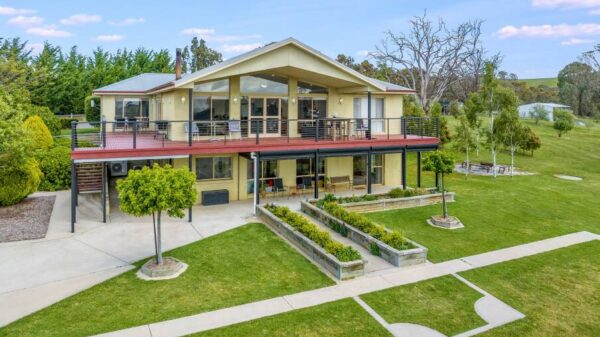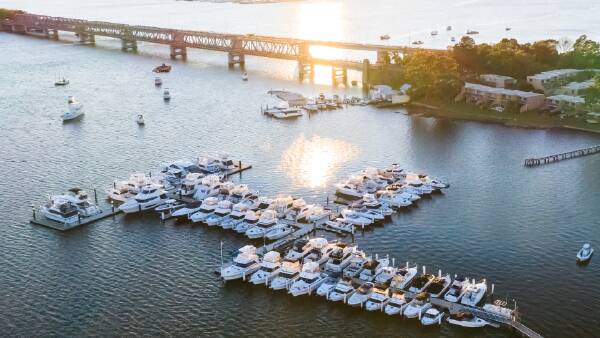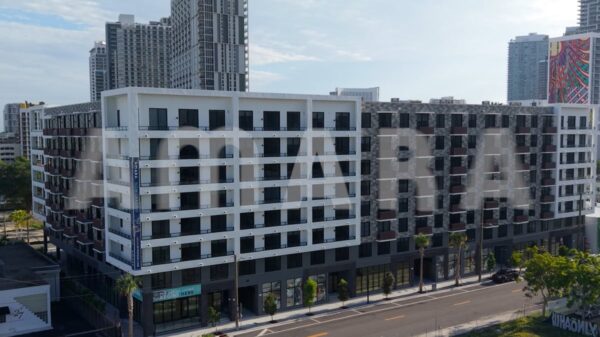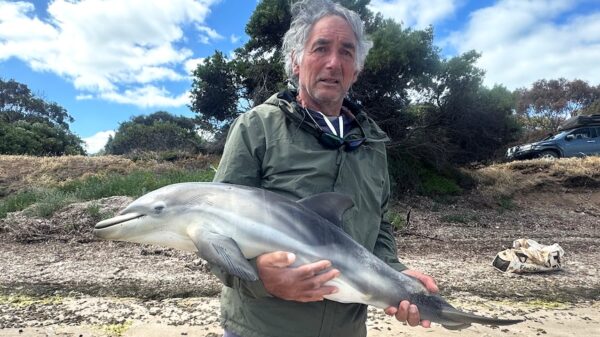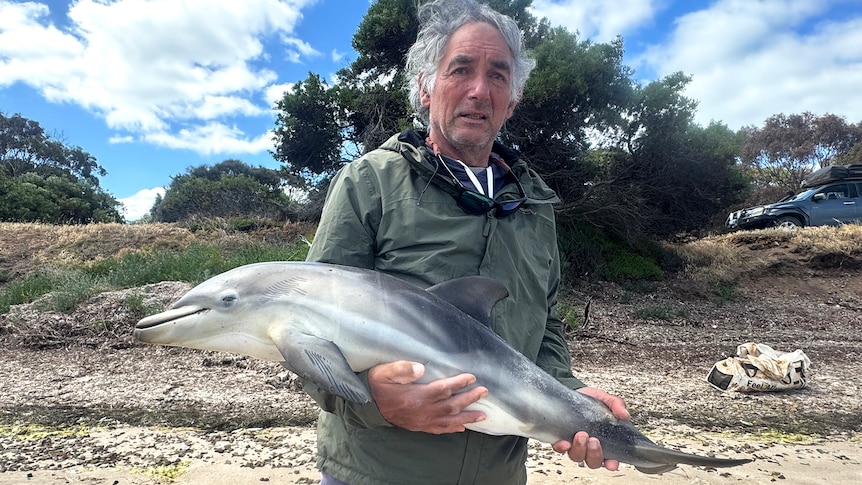Adelaide’s stormwater network has been identified as a significant contributor to the ongoing algal bloom crisis affecting the Gulf of St Vincent. Over the past several decades, this network has discharged substantial amounts of sediment into the waterway, leading to the decline of seagrass populations that play a crucial role in maintaining ecological balance.
The Gulf of St Vincent, located along the coast of South Australia, is facing severe ecological challenges. The sediment load from stormwater runoff has proven detrimental to seagrasses, which are not only vital habitats for marine life but also act as a natural defense against algal blooms. According to recent studies, the reduction in seagrass coverage has made the waters more susceptible to these harmful algal blooms, which can disrupt ecosystems and negatively impact local fisheries.
Impact on Marine Life and Ecosystems
The decline of seagrasses in the Gulf of St Vincent directly affects marine biodiversity. These plants provide essential shelter and breeding grounds for numerous fish and invertebrate species. As seagrass beds diminish, so too does the health of the marine environment, leading to a decrease in fish populations and overall biodiversity.
Environmental experts highlight that the increased sediment discharge from the stormwater network is not just a localized issue but part of a broader pattern of environmental degradation in coastal regions. The influx of nutrients and sediments contributes to the proliferation of algal blooms, which can lead to hypoxic conditions—areas in the water where oxygen levels are so low that marine life struggles to survive.
Mitigation Efforts and Future Considerations
Local authorities are now facing the challenge of addressing the stormwater management system to mitigate its impact on the Gulf. Initiatives are being discussed to improve filtration and treatment processes before stormwater is discharged into the marine environment. These measures aim to reduce sediment loads and nutrient runoff, ultimately supporting the recovery of seagrass populations.
The urgency of the situation is underscored by the potential economic implications for local fisheries and tourism. Healthy seagrass beds contribute to vibrant ecosystems that attract recreational activities, such as fishing and diving, thereby supporting local economies.
As Adelaide continues to grapple with climate impacts and urban runoff, there is a pressing need for comprehensive strategies that prioritize both environmental health and community well-being. Balancing urban development with ecological preservation will be crucial for the future of the Gulf of St Vincent and the livelihoods of those who depend on its resources.
In conclusion, Adelaide’s stormwater network has become a significant factor in the algal bloom crisis facing the Gulf of St Vincent. Addressing the sediment discharge and protecting seagrass habitats are essential steps toward restoring the health of this vital marine ecosystem. The situation calls for immediate action and collaboration among local authorities, environmental organizations, and the community to safeguard the ecological balance of the Gulf for generations to come.


